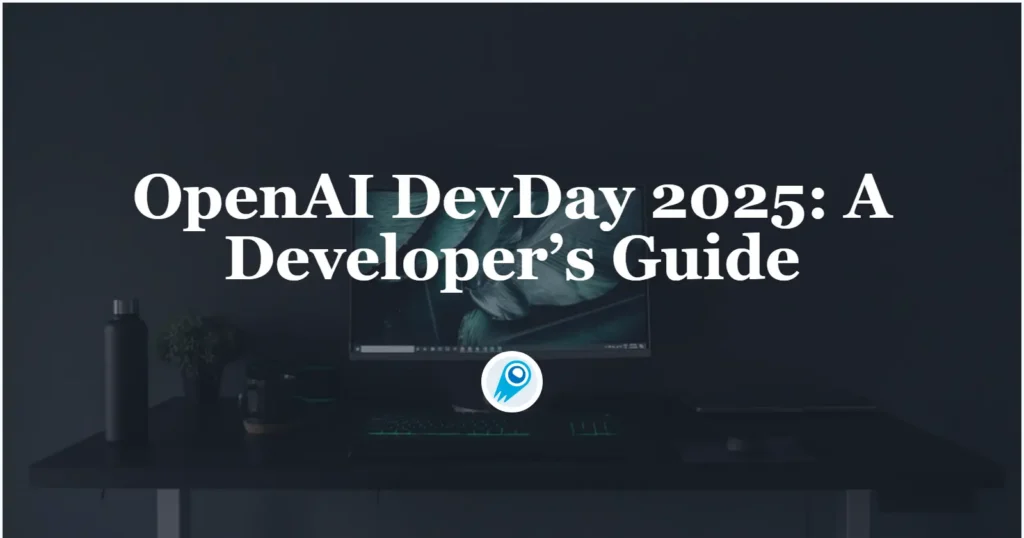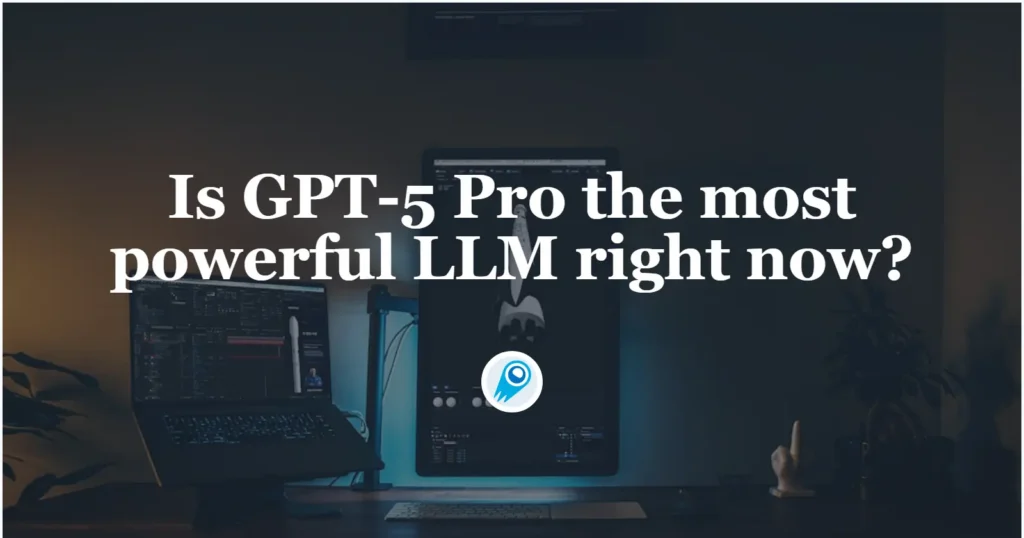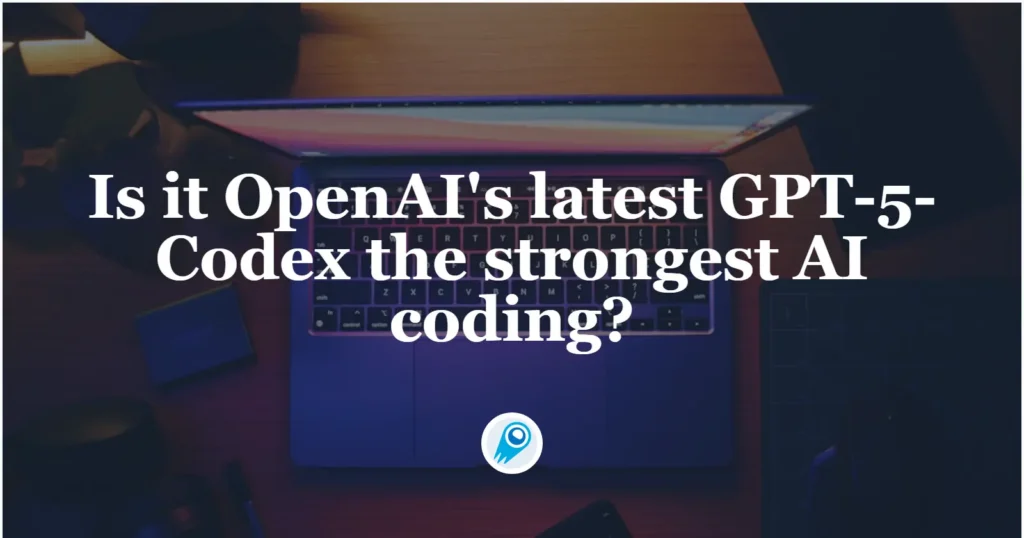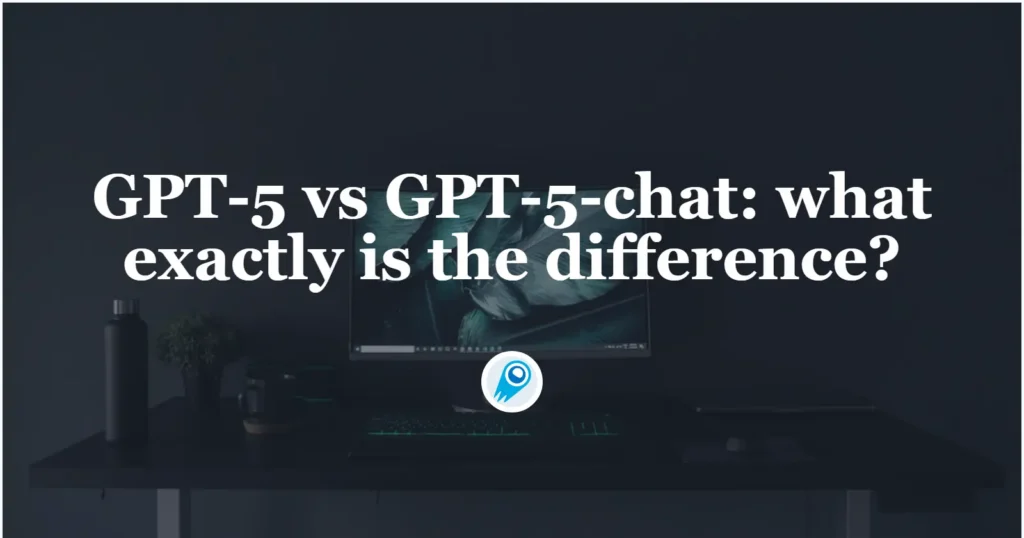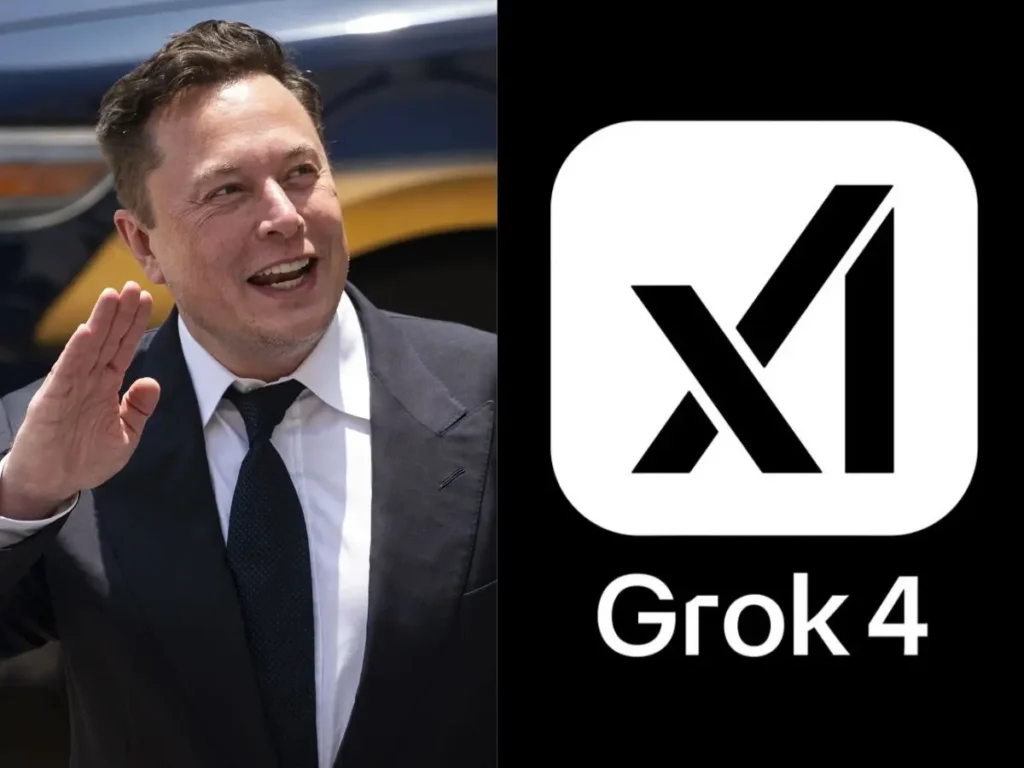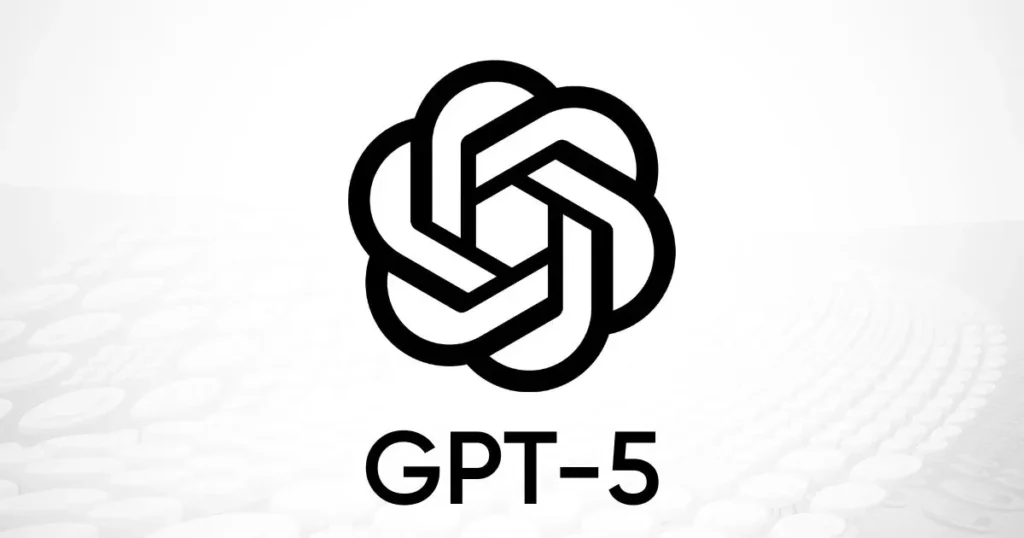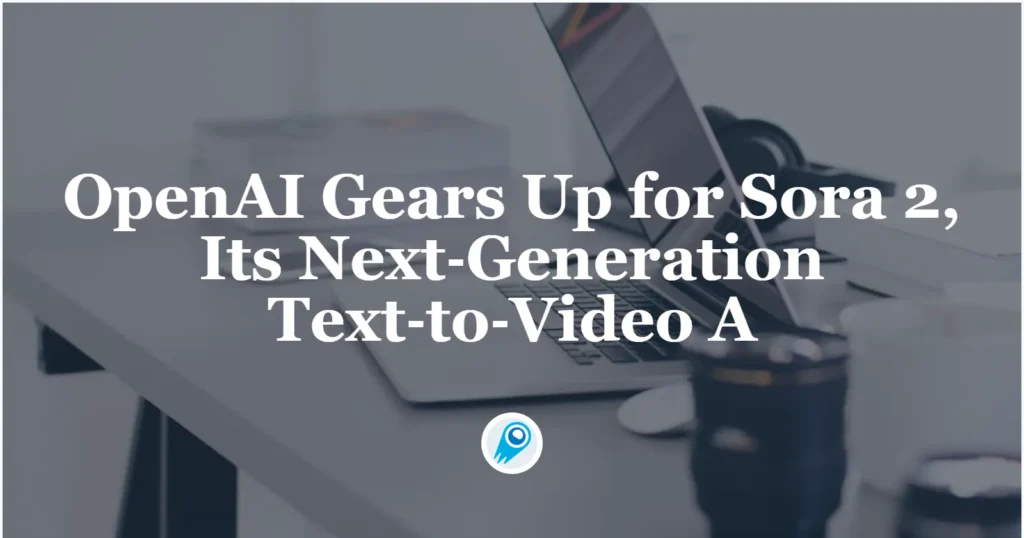OpenAI DevDay 2025 was a high-velocity developer showcase (held in early October 2025) where OpenAI unveiled a broad slate of products, toolkits, SDKs and model releases designed to move the company from model-provider to platform-operator: apps that run inside ChatGPT, a drag-and-drop agent builder (AgentKit), the general-availability rollout of Codex for developer workflows, and a […]
Is GPT-5 Pro the most powerful LLM right now?
OpenAI’s GPT-5 Pro landed with a splash: touted as the company’s “smartest and most precise” variant of GPT-5, it promises step-changes in reasoning, coding, and multimodal capability, and it’s already showing top marks on a range of public benchmarks. But “most powerful” depends on how you measure power — raw benchmark scores, real-world usefulness, multimodal […]
What is GPT-5-Codex? Architecture, Feature, Accesss and More
GPT-5-Codex is OpenAI’s new, engineering-focused variant of GPT-5, tuned specifically for agentic software engineering inside the Codex product family. It’s designed to take on large real-world engineering workflows: creating full projects from scratch, adding features and tests, debugging, refactors, and performing code reviews while interacting with external tools and test suites. This release represents a […]
Is it OpenAI’s latest GPT-5-Codex the strongest AI coding?
September 15, 2025. OpenAI unveiled GPT-5-Codex, a specialized variant of GPT-5 optimized for agentic software engineering inside its Codex product. The company says the model can operate autonomously on large, complex engineering tasks for more than seven hours at a stretch, iterating on implementations, fixing failing tests, and delivering completed work with reduced human intervention. […]
GPT-5 vs GPT-5-chat: what exactly is the difference?
GPT-5 is a family and a unified reasoning system that OpenAI ships in multiple variants for different workloads; gpt-5-chat (often seen as gpt-5-chat-latest) is the chat-tuned, non-reasoning variant that powers quick conversational responses in ChatGPT and is exposed to developers as a distinct API model. They share architecture and training lineage, but they are tuned, […]
Is Grok 4 free? — a close look as of August 2025
Grok 4 — the latest flagship model from xAI — is the hot topic in AI circles this summer. Its debut has reignited the competition between xAI, OpenAI, Google and Anthropic for the “most capable general-purpose model,” and with that race comes the inevitable question for everyday users, developers and businesses: is Grok 4 free? […]
How to switch back to GPT-4o if you hate ChatGPT-5
GPT-4o is OpenAI’s high-performance, multimodal successor in the GPT-4 line that is available via the OpenAI API, in ChatGPT for paid tiers, and through cloud partners such as Azure. Because model availability and default settings have changed recently (including a brief replacement with GPT-5 and a user-driven restoration of GPT-4o in ChatGPT), the sensible path […]
Is OpenAI’s latest GPT-5 Most Advanced Model Yet?
OpenAI on Thursday announced GPT-5, a generational upgrade to its large-language models that the company says is “its smartest, fastest, and most useful model yet,” and which is being rolled into ChatGPT, the API and enterprise products. The release packages deeper reasoning, broader multimodal input (text, images, audio and video), and new agentic capabilities that […]
Model Type: Chat
OpenAI Gears Up for Sora 2, Its Next‑Generation Text‑to‑Video A
SAN FRANCISCO, July 25, 2025 — OpenAI is reportedly preparing to launch Sora 2, the next-generation iteration of its text-to-video model, aiming to outpace competitors such as Google’s Veo 3. Rumors of the update surfaced following analysis of OpenAI’s public files and server references to “Sora 2,” though the company has yet to issue an official announcement . […]
How to Cancel chatgpt subscription
Navigating the cancellation of a ChatGPT subscription can feel daunting, especially given the variety of platforms and billing systems involved. Whether you subscribed via the web, the ChatGPT mobile apps, or the OpenAI API, understanding the precise steps and policies is crucial to avoid unexpected charges and ensure a smooth transition back to the free […]

